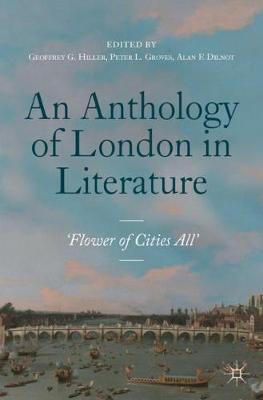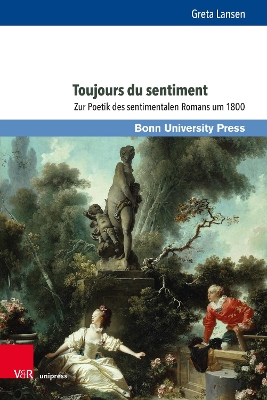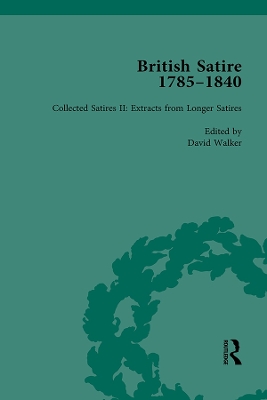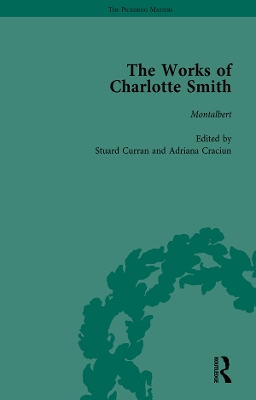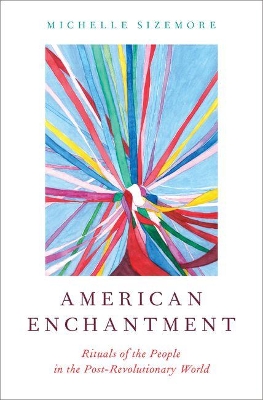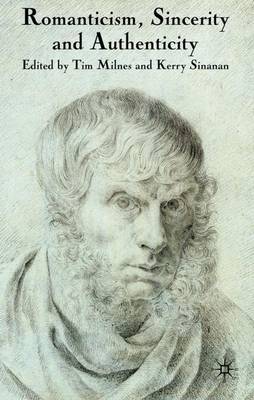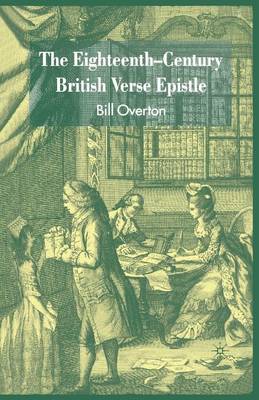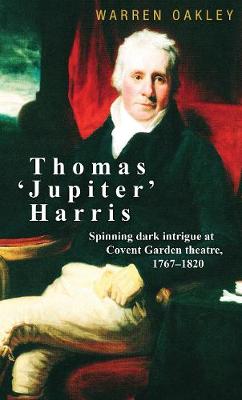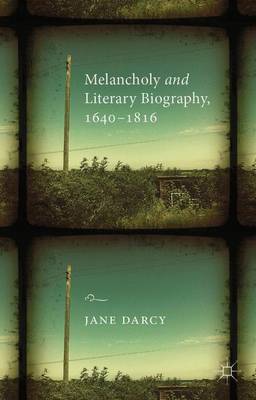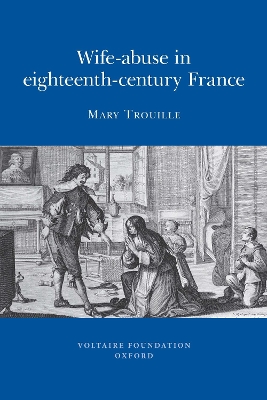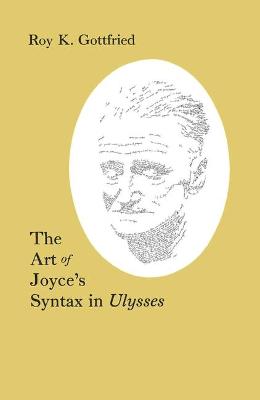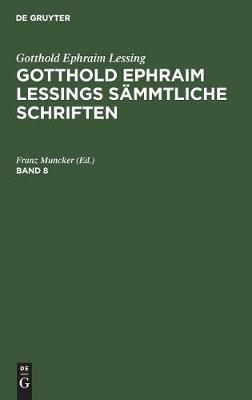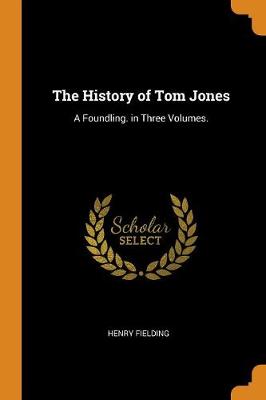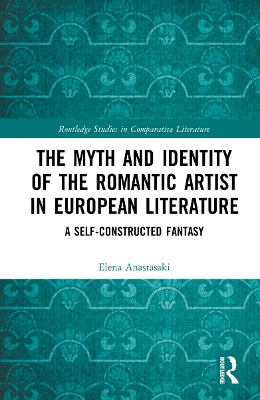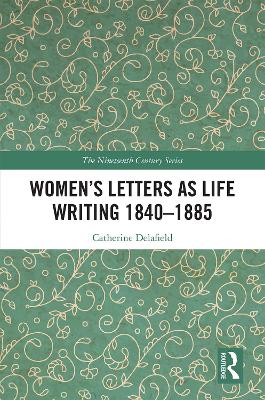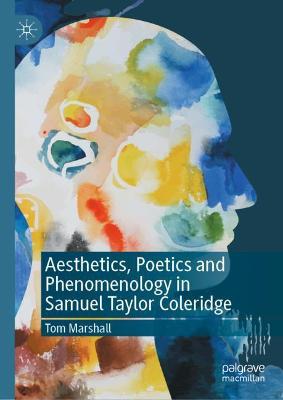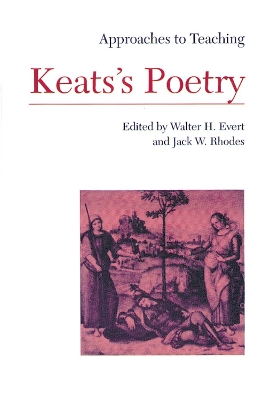An Anthology of London in Literature, 1558-1914
This book is an anthology of extracts of literary writing (in prose, verse and drama) about London and its diverse inhabitants, taken from the accession of Queen Elizabeth I in 1558 to the outbreak of the Great War in 1914. The 143 extracts, divided into four periods (1558-1659, 1660-1780, 1781-1870 and 1871-1914), range from about 250 words to 2,500. Each of the four periods has an introduction that deals with relevant social, geographical and historical developments, and each extract is introd...
This set offers a representitive collection of the verse satire of the Romantic period, published between the mid-1780s and the mid-1830s. As well as two single-author volumes, from William Gifford and Thomas Moore, there is also a wealth of rare, unedited material.
Charlotte Turner Smith held a central position during the formative years of the British Romantic period. Smith's work includes eleven novels and two fictional adaptations from the French. This edition reveals the extent to which Smith's work in this form constitutes as significant an achievement as her poetry.
John Wesley, Practical Divinity and the Defence of Literature (Routledge Methodist Studies)
by Emma Salgard Cunha
John Wesley (1703–1791), leader of British Methodism, was one of the most prolific literary figures of the eighteenth century, responsible for creating and disseminating a massive corpus of religious literature and for instigating a sophisticated programme of reading, writing and publishing within his Methodist Societies. John Wesley, Practical Divinity and the Defence of Literature takes the influential genre of practical divinity as a framework for understanding Wesley’s role as an author, edi...
The demise of the monarchy and the bodily absence of a King caused a representational crisis in the early republic, forcing the American people to reconstruct the social symbolic order in a new and unfamiliar way. Social historians have routinely understood the Revolution and the early republic as projects dedicated to and productive of reason, with "the people" as an orderly and sensible collective at odds with the volatile and unthinking crowd. American Enchantment rejects this traditionally h...
Romanticism, Sincerity and Authenticity
The categories of authenticity and sincerity, treated sceptically since the early twentieth century, remain indispensable for the study of Romantic literature and culture. This book, focusing on authors including Wordsworth, Macpherson and Austen, highlights their complexities, showing how they can become meaningful to current critical debates.
This is the first book to cover the whole range of epistolary verse in the period, including the discursive type favoured by Pope and the familiar and dramatic epistles. It advances a new model for defining the form, demonstrates the form's importance in the period, and pays attention to non-canonical epistles by women and labouring-class writers.
This is the first biography of Thomas Harris. Until now, little has been known about his life. He was most visible as the man who controlled Covent Garden theatre for nearly five decades, one of only two venues in London allowed by law to perform spoken drama. But this career was only one of many: he became the confidant of George III, a philanthropist, sexual suspect, and a brothel owner in the underworld of Covent Garden. While deeply involved in Pitt the Younger's government, Harris worked as...
This book traces the development of literary biography in the eighteenth century; how writers' melancholy was probed to explore the inner life. Case studies of a number of significant authors reveal the 1790s as a time of biographical experimentation. Reaction against philosophical biography led to a nineteenth-century taste for romanticized lives.
Wife-abuse in Eighteenth-century France (Oxford University Studies in the Enlightenment, 2009:01)
by Mary Seidman Trouille
Recent archival research has focussed on the material conditions of marriage in eighteenth-century France, providing new insight into the social and judicial contexts of marital violence. Mary Trouille builds on these findings to write the first book on spousal abuse during this period. Through close examination of a wide range of texts, Trouille shows how lawyers and novelists adopted each other's rhetorical strategies to present competing versions of the truth. Male voices - those of husbands...
The story of Free Frank is not only a testament to human courage and resourcefulness but affords new insight into the American frontier. Born a slave in the South Carolina piedmont in 1777, Frank died a free man in 1854 in a town he had founded in western Illinois. His accomplishments, creditable for any frontiersman, were for a black man extraordinary. We first learn details of Frank's life when in 1795 his owner moved to Pulaski County, Kentucky. We know that he married Lucy, a slave on a neig...
Gotthold Ephraim Lessing: Gotthold Ephraim Lessings Sammtliche Schriften. Band 8
The History of Tom Jones (The Wesleyan Edition of the Works of Henry Fielding) (3, Set)
by Henry Fielding
This is a reproduction of a book published before 1923. This book may have occasional imperfections such as missing or blurred pages, poor pictures, errant marks, etc. that were either part of the original artifact, or were introduced by the scanning process. We believe this work is culturally important, and despite the imperfections, have elected to bring it back into print as part of our continuing commitment to the preservation of printed works worldwide. We appreciate your understanding of t...
This study addresses the question of artistic identity and the myth of the artist as it has been shaped by the artists themselves. While the term artist is to be understood in a broad sense, the focus of this study is the literature of the Romantic tradition. Identity is largely perceived as a construct, and a central hypothesis of this book concerns its aesthetic value and the ways it creates dominant narratives of self-perception that produce powerful myths. The construction of the artist’s i...
Women’s Letters as Life Writing 1840–1885 (The Nineteenth Century)
by Catherine Delafield
Examining letter collections published in the second half of the nineteenth century, Catherine Delafield rereads the life-writing of Frances Burney, Charlotte Brontë, Mary Delany, Catherine Winkworth, Jane Austen and George Eliot, situating these women in their epistolary culture and in relation to one another as exemplary women of the period. She traces the role of their editors in the publishing process and considers how a model of representation in letters emerged from the publication of Burn...
Aesthetics, Poetics and Phenomenology in Samuel Taylor Coleridge
by Tom Marshall
This book re-evaluates the philosophical status of Samuel Taylor Coleridge by providing an extended comparison between his work and the phenomenological theory of Edmund Husserl. Examining Coleridge's accounts of the imagination, perception, poetic creativity and literary criticism, it draws a systematic and coherent structure out of a range of Coleridge's philosophical writing. In addition, it also applies the principles of Coleridge's philosophy to an interpretation of his own poetic output.
British Identities, Heroic Nationalisms, and the Gothic Novel, 1764-1824
by Toni Wein
British Identities, Heroic Nationalisms, and the Gothic Novel, 1764-1824 considers three interlocking developments of this period: the emergence of the Gothic novel at a time when national upheavals required the construction of a new nationalist identity, the Gothic novel's redefinition of heroes and heroism in that nationalist debate, and changes within class and gender as well as audience and author relations. The scope of this study extends beyond the confines of the novel proper to include c...
Johann Wolfgang Goethe: Tagebucher (Deutsche Revolutionare Demokraten)
Women novelists were among the most popular authors of the First Republic and First Empire, yet they are frequently overlooked in favour of their canonical male counterparts. Their penchant for sentimental novels has led some later critics to take their writing at face value as apolitical and domestic, at odds with France's violent convulsions. Furthermore, their carefully crafted presentation of natural settings has, thus far, been dismissed completely. Yet, as Christie Margrave shows, the nat...
Approaches to Teaching Keats's Poetry
Approaches to Teaching World Literature 35.
